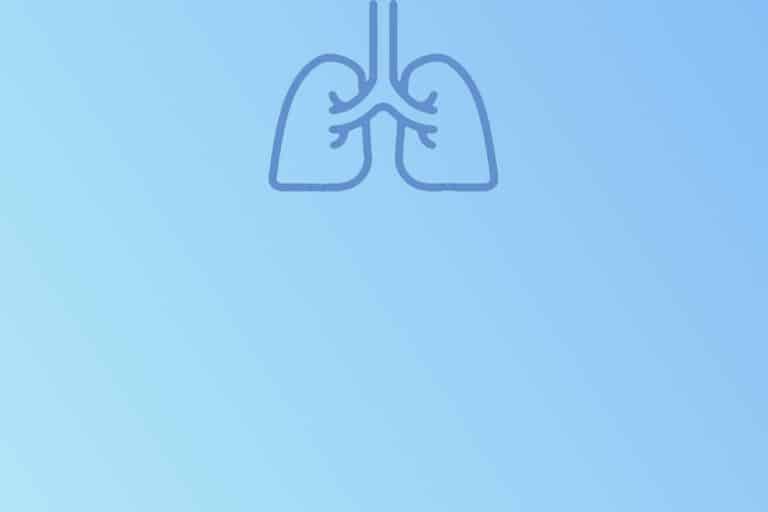Oxygen Therapy
We should attempt to maintain normoxemic oxygenation in order to prevent hypoxic injury (mainly in the cerebral tissue). On the other hand, oxygen should be carefully titrated to newborns, especially preterm, due to the negative effects associated with its overuse (reactive oxygen species = ROS). Hyperoxia induces the production of oxygen radicals that subsequently trigger…


